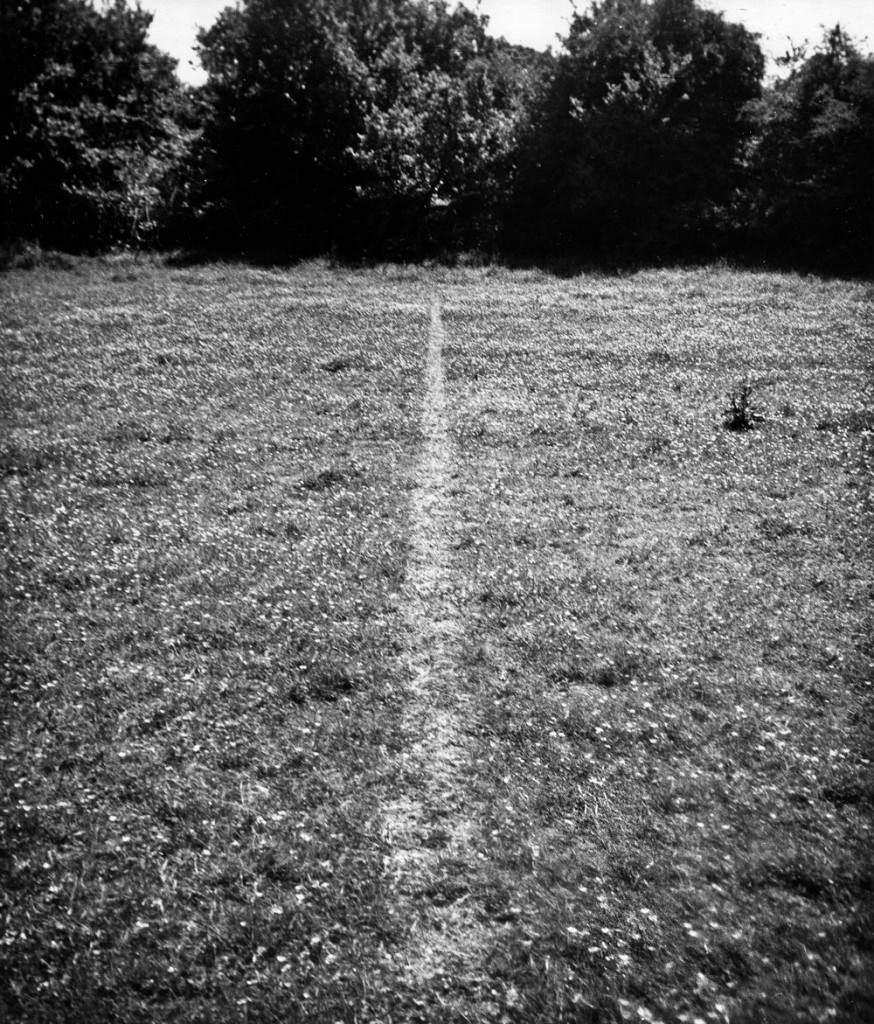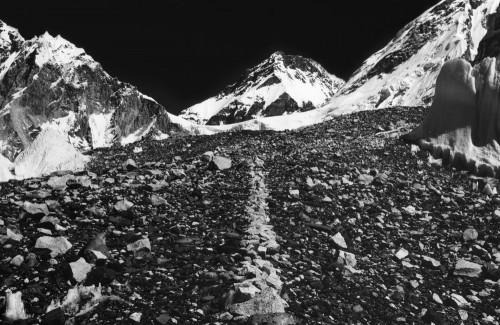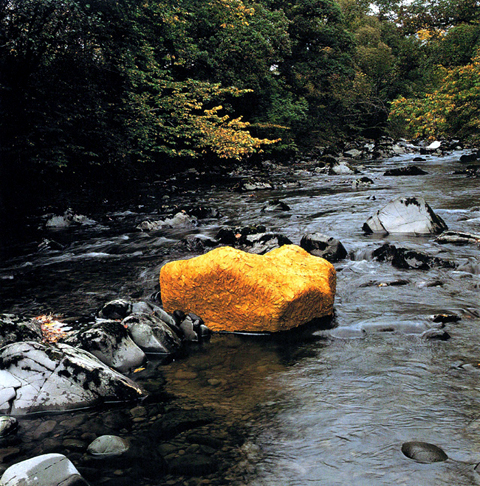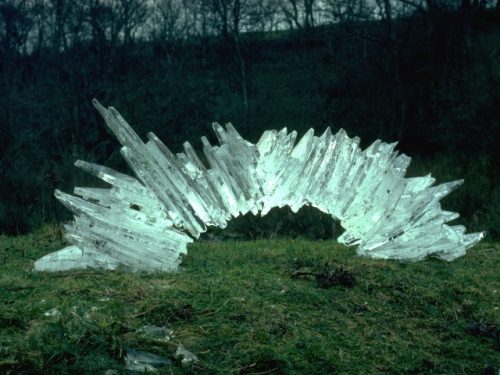The Earth Art, or Land Art, Movement was born in the late 1960’s in the United States in response to the over-commercialization of art and the rising trend towards environmentalism. Founders of the movement were disgruntled by the plasticity and artificiality of art. They wanted to get people out of museums and back into nature. They were intrigued by both the fragility and strength of nature, and the challenge of manipulating it.
As green builders we relate to this deeply. Our construction and design work is very earth based and in some ways a reaction to the mainstream construction which often lacks any form of life or connection to the earth.
Thoughts of Earth Art movement
Robert Smithson is often credited as one of the founders of the Land Art movement. His earthworks tended to be large-scale and were meant to put art into the land as opposed to on the land. He said, “A work of art when placed in a gallery loses its charge, and becomes a portable object or surface disengaged from the outside world.”


One of his most famous works is Spiral Jetty which was constructed in the Great Salt Lake in Utah. The sculpture was inspired by the Great Serpent Mound built by pre-Columbian Indians. Smithson chose the location for its anti-pastoral beauty. The water has a red-tint to it from bacteria which have thrived in the salt waters ever since the lake’s fresh water sources were cut off by a causeway in 1959.
Smithson’s wife, Nancy Holt, was another pioneer of the Earth Art Movement. Her most famous work is Sun Tunnels, which consists of four nine ft diameter, 18 ft long tubes placed in an x formation in a desert in Utah. The tunnels line up with the sun during the summer and winter solstices while each tunnel has a set of small holes drilled into the tops that align with certain constellations. “It’s an inversion of the sky/ground relationship-bringing the sky down to the earth,” said Holt.


Sun Tunnels, 1976
The purpose of the installation is to attract viewers out of museums and the city and into the wilderness. When viewers arrive, the tunnels provide shelter from the sun. Once lured in, the visitors witness a fantastical light display, piquing their interest in the celestial world.
Michael Heizer, who sometimes collaborated with Smithson, is another founder of the Earth Art movement. He too focused on large-scale manipulation of the earth. One of his best known pieces is Double Negative. The work consists of two massive trenches excavated from the sides of a mesa in Nevada.
Double Negative, 1969-70
Double Negative provokes the viewer to question what is and isn’t art. Can the earth be considered a medium the way paint or marble is? The “sculpture” itself was made entirely from subtraction. There was nothing added or shaped, only taken away. What Heizer created was simply negative space, hence “Double Negative“. Is that art? The piece can also make one contemplate the relation of art to the earth and the potential scale of art. Can something that doesn’t fit in a museum be considered art?
Walter de Maria, who coincidentally also collaborated with Heizer, created the famous Earth Art installation The Lightning Field in New Mexico. It is comprised of 400 stainless steel poles placed in a grid formation covering an area of one mile by one kilometer. The work is meant to be viewed from a distance and walked around in. During thunderstorms, the metal rods attract lightning creating a breathtaking spectacle. This piece is unique from the previously mentioned works in that it not only uses the earth to create art but also natural events.

Richard Long had a distinctive style in creating Earth Art in which he blurred the line between performance and sculpture. Long’s sculptures were made by or during long walks. His walks usually centered on a concept or theme but all were inspired by his love for nature and the formal structure of basic shapes.

One of Long’s first pieces was created by simply walking back and forth in a field and then capturing the result in a black and white photograph. Lines are common shapes in Long’s work and are meant to guide or lead viewers, thus inspiring them to walk through nature as well. The simplicity of Long’s shapes also points to his desire to alter and effect nature as little as possible. A Line in the Himalayas is a good example of this.

Andy Goldsworthy is a contemporary artist who was greatly influenced by Long’s art. Goldsworthy uses a myriad of natural objects, such as stones, leaves, ice, water, sand, twigs, flowers, and pinecones, to create sculptures with and in nature which he then photographs. Goldsworthy only uses natural materials and tools. To fuse icicles, he will use water or spit. To break a twig or a stone, he we will use a rock. To add color, he will use berries or fallen leaves.

“Movement, change, light growth and decay are the lifeblood of nature, the energies that I try to tap through my work. I need the shock of touch, the resistance of place, materials and weather, the earth as my source. I want to get under the surface. When I work with a leaf, rock, stick, it is not just that material itself, it is an opening into the processes of life within and around it. When I leave it, these processes continue,” said Goldsworthy.



Earth Art Movement Has Two Underlying Questions
Eco Brooklyn is profoundly inspired by these innovative artists, especially those whose works have little to no impact on the ecosystem they are built in. Like these artists, in all our work we hope to create beautiful structures and spaces that connect people to nature and encourage more outdoor activity. The Earth Art Movement has two underlying questions: Can the earth be a vessel for art? And can art bring people back to nature? To both these questions we say, “Yes!”
Our most recent “work of art” is a natural swimming pool built out of salvaged natural materials and designed to replicate natures cleansing process so it does not need any chemicals.

As a builder we can effect how people live, and it is something we consider deeply when designing a garden or home. Our goal is to design so that the people in the space feel more connected to nature and improve the Earth Art.
By: Malone Matson




